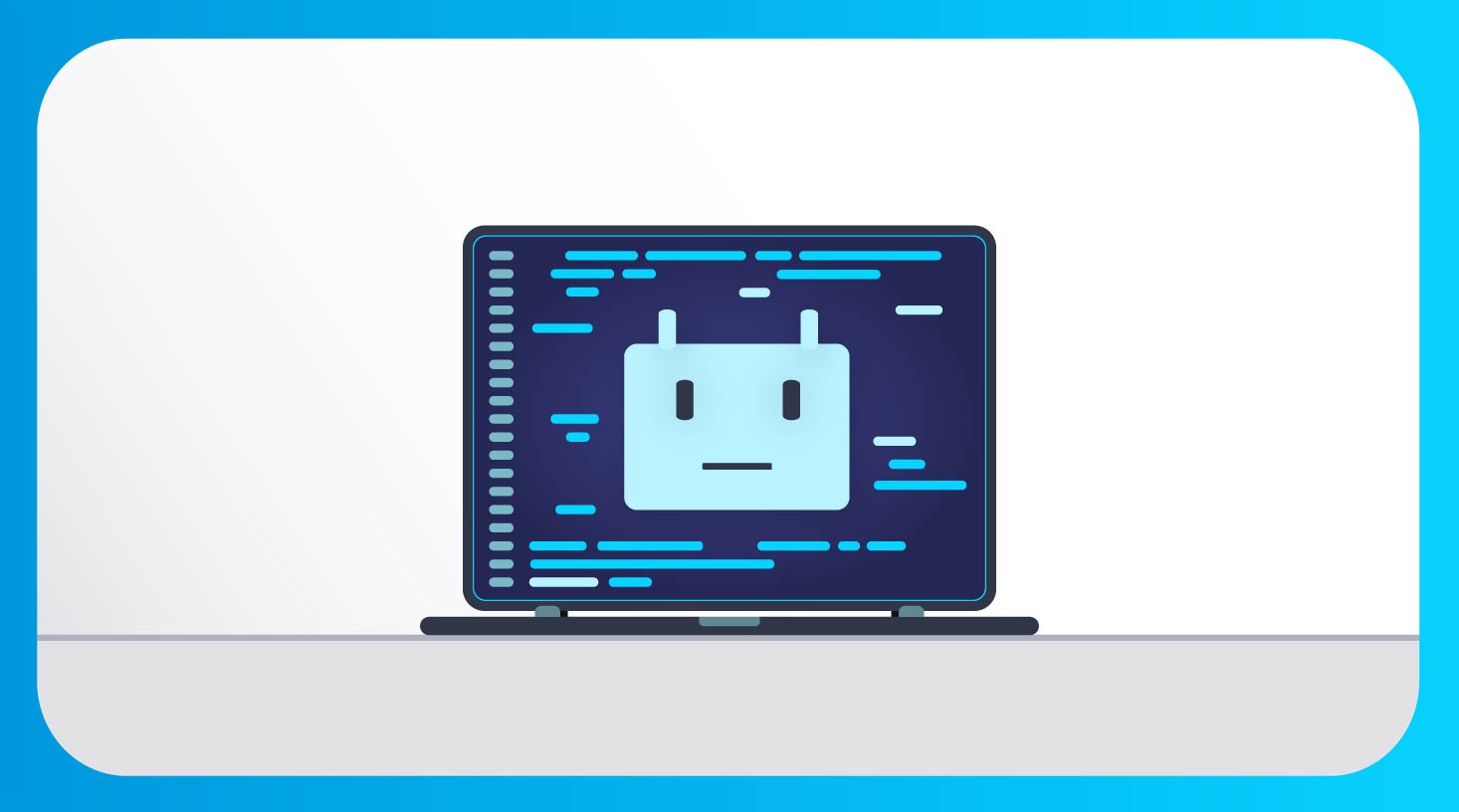Fear, Uncertainty and Doubt With AI: The Age of AI
By Jenn Rogala
Last Updated: July 5th 2023

What Does This Mean For You?
AI is advancing at a break-neck pace.
Most bleeding-edge technologies come with unexpected consequences.
With AI, the rate of change is so fast, there’s not enough time to predict the implications—good or bad: we don’t know what we don’t know.
Sometimes technological consequences are so blatant that the industry can put measures in place to guard against them, such as thwarting hacking and malware.
But sometimes the consequences are hard to even identify because they seep in so gradually, such as how social media “likes” can impact a child’s self-esteem, or an increase in carpal tunnel syndrome.
As with any technology, AI can be used for good purposes, but in the wrong hands, can also be used maliciously.
A recent open letter signed by almost 30,000 people including Elon Musk and Steve Wazniak, is calling on, “…all AI labs to immediately pause for at least 6 months the training of AI systems more powerful than GPT-4. This pause should be public and verifiable, and include all key actors. If such a pause cannot be enacted quickly, governments should step in and institute a moratorium.”
They’re recommending that “AI research and development should be refocused on making today's powerful, state-of-the-art systems more accurate, safe, interpretable, transparent, robust, aligned, trustworthy, and loyal.”
But other technology leaders such as Bill Gates disagree: “I don’t think asking one particular group to pause solves the challenges,” Gates told Reuters on April 4, 2023. A pause would be difficult to enforce across a global industry, Gates added — though he agreed that the industry needs more research to “identify the tricky areas.”
What is Artificial Intelligence?
According to Gartner: “Artificial intelligence (AI) applies advanced analysis and logic-based techniques, including machine learning, to interpret events, support and automate decisions, and take actions.”
According to Businessdit: As of 2023, an estimated 35% of business use AI. By 2030, AI is expected to contribute $15.7 trillion USD to the global economy. And by 2025, AI is set to create 97 million new jobs worldwide.
AI is here. It’s not science fiction. Millions of people use AI technologies in their everyday life and don’t even know it: speech recognition, image recognition, fraud detection, chatbots, GPS apps, online shopping etc.
Resistance to New Technology, or Any Change, is Normal.
Among the fears is that AI will replace or disrupt jobs, causing unemployment to skyrocket.
This concern is understandable and has been a common fear with the introduction of many other technologies.
But historically, new technologies create whole new industries that create new jobs.
If critical thinking or creativity is needed, AI cannot compete with humans in this space.
However, if greater efficiency is needed, AI can be seen as a powerful tool, rather than a “rip and replace” for jobs.
Repetitive or tedious tasks can be automated, freeing up professionals to focus on the areas that require their specific expertise.
Wouldn’t it be great to not have to look up how to write a specific formula for an Excel spreadsheet?
Instead, AI could be enlisted with a prompt in plain English, such as: “Write a formula to subtract cells from Column A in Taxes tab from Column A in Salaries tab.”
For software engineers, AI brings welcome help with documentation, debugging, and writing simple code blocks.
An example prompt might be: “Write a Python For loop that iterates through a dictionary named States and outputs the capital city of each state.”
This doesn’t replace programmers; it frees them up to focus on the meatier logic that has to be developed for a website or app.
Risks of Adopting vs Not Adopting AI
What risks are companies willing to take with AI adoption?
-
How reliable are its answers?
-
With minimal knowledge about which data was used to train the AI, skepticism and caution are valid.
-
Who created the data the AI is using?
- Was there bias or misinformation in selecting that data?
- Are humans learning best practices to reduce the financial cost of using AI?
- Are they monitoring the AI for hallucinations or misleading responses?
In addition, being too aggressive in implementing AI could lead to privacy breaches, misuse of information, IP theft, plagiarism etc.
Yet, on the other hand, are companies willing to risk losing a competitive edge by not incorporating AI in their processes?
This would be a mistake.
Increasingly, businesses and entrepreneurs are deciding that the benefits outweigh the risks, as long as AI is implemented responsibly, with due caution:
- Start small with low-risk tasks, then analyze and monitor the AI performance and accuracy.
- Document and communicate its strengths and weaknesses.
- As with anything, trust is earned.
- As trust in AI performance grows, then expand its use to another area.
- And again, analyze and monitor.
"The Age of AI has Begun"
AI is here to stay.
And every industry is interested in using it: healthcare, education, agriculture, cybersecurity, and more.
You can either embrace it, gain expertise in its use, or be outshined by someone else who does.
To address concerns, most experts agree that AI should be regulated by an independent body to monitor safety, accuracy, ethics etc.
As Bill Gates puts it, "The age of AI has begun: This new technology can help people everywhere improve their lives. At the same time, the world needs to establish the rules of the road so that any downsides of artificial intelligence are far outweighed by its benefits, and so that everyone can enjoy those benefits no matter where they live or how much money they have. The Age of AI is filled with opportunities and responsibilities.”
Jenn Rogala
Senior Writer
Jennifer Rogala has worked in the area of healthcare technology for 30 years. Most of her publications were on the topic of how medical technology can improve patient safety. It wasn't until she became a mother that she started writing stories for children. From their infancy her twin daughters loved books. Seeing the joy books gave to her children inspired Jennifer to attempt to create this joy herself and share it with others. Jennifer lives outside of Boston with her twin daughters, and calico cat.


